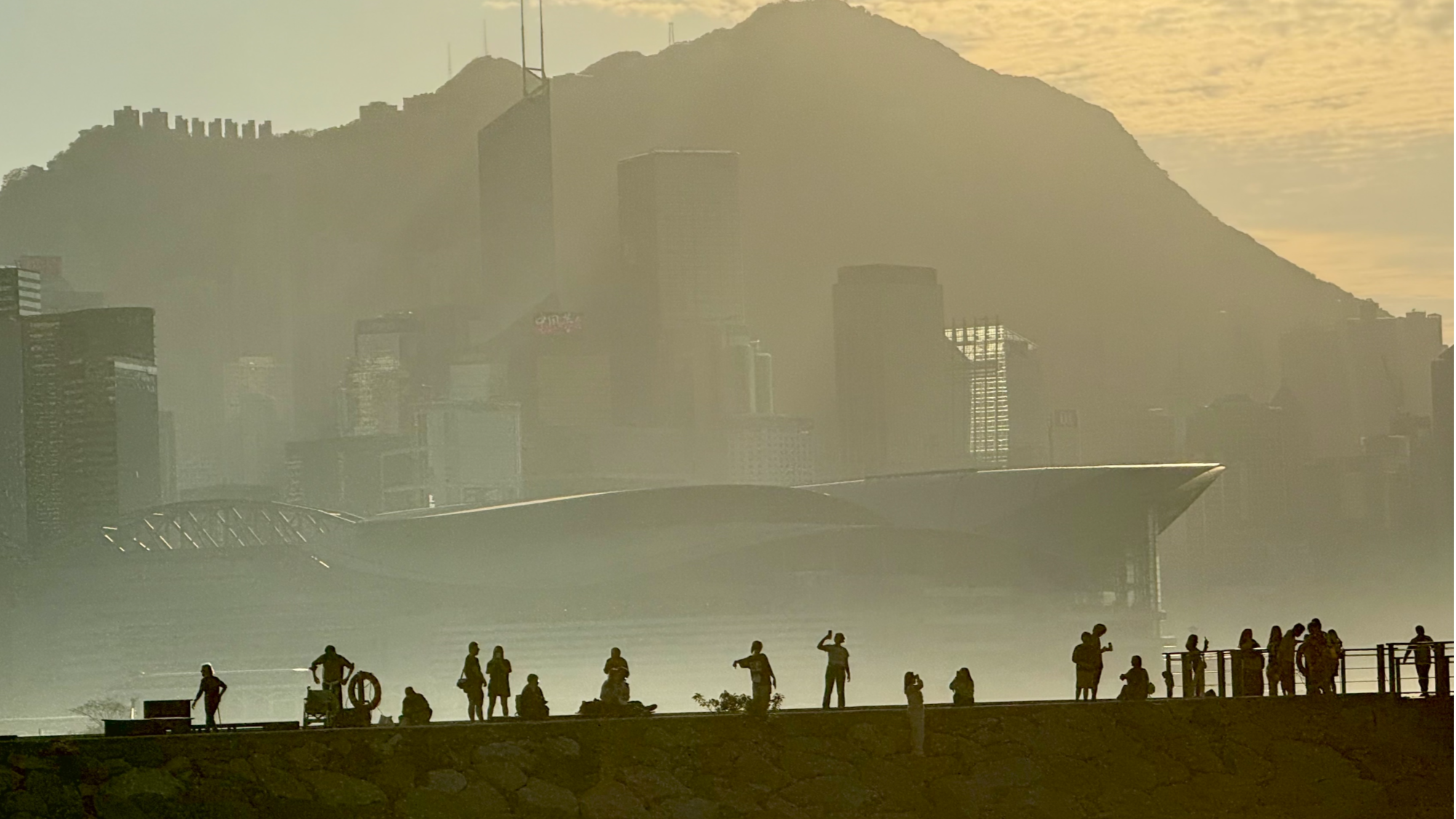
The Hong Kong Special Administrative Region government on Friday gazetted a technical memorandum to further reduce the emission allowances of air pollutants for power plants from 2030 onwards with the aim to improve the air quality in the city and the Pearl River Delta region.
Issued under the Air Pollution Control Ordinance, the Tenth Technical Memorandum for Allocation of Emission Allowances in Respect of Specified Licences reduces the annual emission allowances of sulphur dioxide (SO2), nitrogen oxides (NOx) and respirable suspended particulates (RSPs) from the electricity sector from 2030 onwards at 2,302 tons, 8,350 tons and 317 tons, respectively.
READ MORE: HK unveils world’s first spaceborne payload for monitoring emissions
This represents further tightening by 19 percent, 25 percent, and 14 percent respectively when compared with the emission allowances for the electricity sector for 2026 set under the ninth technical memorandum, the Environment and Ecology Bureau (EEB) said on Friday.
The 10th technical memorandum will be tabled before the Legislative Council on June 4 for commencement by the end of 2025. In accordance with the ordinance, the new set of emission allowances will come into effect on Jan 1, 2030.
The Hongkong Electric Company Limited is building a new gas-fired generating unit for operation in 2029, while an existing coal-fired generating unit will be decommissioned correspondingly by then. CLP Power Hong Kong Limited meanwhile plans to increase the output of its existing gas-fired generating units to meet the additional electricity demand and will import more zero-carbon energy from the Chinese mainland, according to the EEB.
These measures can further reduce the two power companies' reliance on coal-fired power generation, thereby reducing pollutant emissions, added the bureau.
ALSO READ: Powering HK toward greener future
“In setting the new emission allowances, we have taken into account factors such as local electricity demand, the gas-fired electricity generation of the two power companies (including the progress of constructing new gas-fired units for replacement of coal-fired units), the emission performance of existing generating units, the estimated import of nuclear power and clean energy, and the projected electricity intake from renewable energy sources,” said an EEB spokesperson.
The HKSAR government has also been requiring the two power companies to adopt the best practicable means in their plants' design and operational management to minimize emissions of air pollutants, added the spokesperson.
Hong Kong's air quality has been improving continuously in recent years. The ambient concentrations of SO2, nitrogen dioxide, and RSPs recorded in 2024 had been reduced by 45 percent to 88 percent when compared with that in 2004.
The number of hours of reduced visibility observed had also been greatly reduced by 82 percent from its peak in 2004.
READ MORE: HK reports 25% fall in greenhouse gas emissions from 2014 peak
“The significant improvement is also attributable to the government's efforts in implementing measures to reduce air pollutant emissions from power plants,” the EEB spokesperson said.
As emissions from the electricity sector accounted for 61 percent, 27 percent, and 13 percent of the territory-wide emissions of SO2, NOx, and RSPs respectively in 2022, the tightened emission allowances for power plants will help further improve the air quality in Hong Kong and the Pearl River Delta region, said the bureau.
ALSO READ: CLP powers up HK’s carbon neutrality target
“In case of new electricity works, we will allocate emission allowances based on the emission performance of a new gas-fired generating unit adopting the latest technology,” the spokesperson said, adding that the bureau would review the technical memorandum again no later than 2027 to ensure timely revision of the emission allowances.


